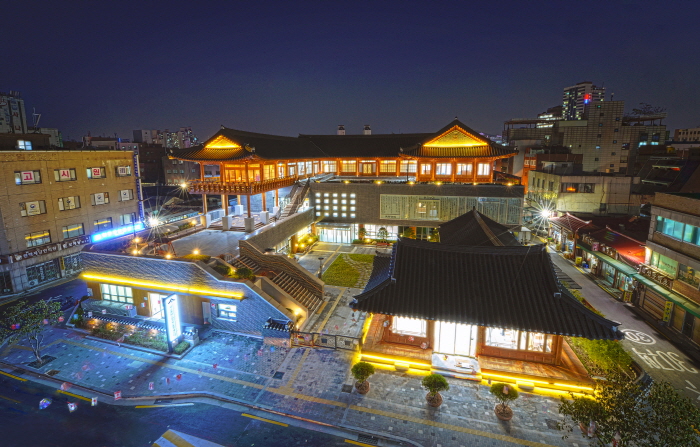Seoul Yangnyeongsi Herb Medicine Museum (서울약령시 한의약박물관)
6.3Km 2023-04-06
26, Yangnyeongjungang-ro, Dongdaemun-gu, Seoul
+82-2-969-9241
Seoul Yangnyeongsi Herb Medicine Museum opened in September 2006 on the grounds of Bojewon, a medical institution for the poor that was in operation during the Joseon dynasty. The museum was established with the goal of preserving and developing Korea’s herb medicine culture. In October 2017, the museum moved to the second floor of the Seoul K-Medi Center. The center provides both information and hands-on programs.
![Nike Golf [Tax Refund Shop] (나이키골프)](http://tong.visitkorea.or.kr/cms/resource/90/3313990_image2_1.jpg)
![Golfzon Market [Tax Refund Shop] (골프존마켓)](http://tong.visitkorea.or.kr/cms/resource/56/3313656_image2_1.jpg)
![Malbon Golf [Tax Refund Shop] (말본골프)](http://tong.visitkorea.or.kr/cms/resource/55/3312955_image2_1.jpg)
![Jack Nicklaus [Tax Refund Shop] (잭니클라우스)](http://tong.visitkorea.or.kr/cms/resource/29/3313229_image2_1.jpg)
![Absorba [Tax Refund Shop] (압소바)](http://tong.visitkorea.or.kr/cms/resource/79/3313679_image2_1.jpg)
![Agabang Flex [Tax Refund Shop] (아가방플렉스)](http://tong.visitkorea.or.kr/cms/resource/60/3314560_image2_1.jpg)
![Motherpia [Tax Refund Shop] (마더피아)](http://tong.visitkorea.or.kr/cms/resource/89/3313889_image2_1.jpg)
![Volvik [Tax Refund Shop] (볼빅)](http://tong.visitkorea.or.kr/cms/resource/57/3314557_image2_1.jpg)
![Crocs [Tax Refund Shop] (크록스)](http://tong.visitkorea.or.kr/cms/resource/98/3313598_image2_1.jpg)

 English
English
 한국어
한국어 日本語
日本語 中文(简体)
中文(简体) Deutsch
Deutsch Français
Français Español
Español Русский
Русский